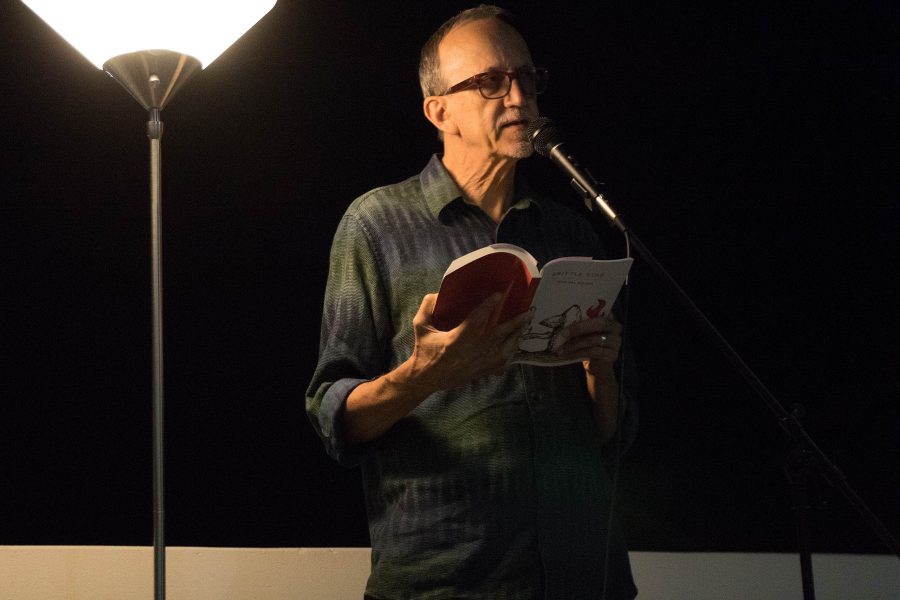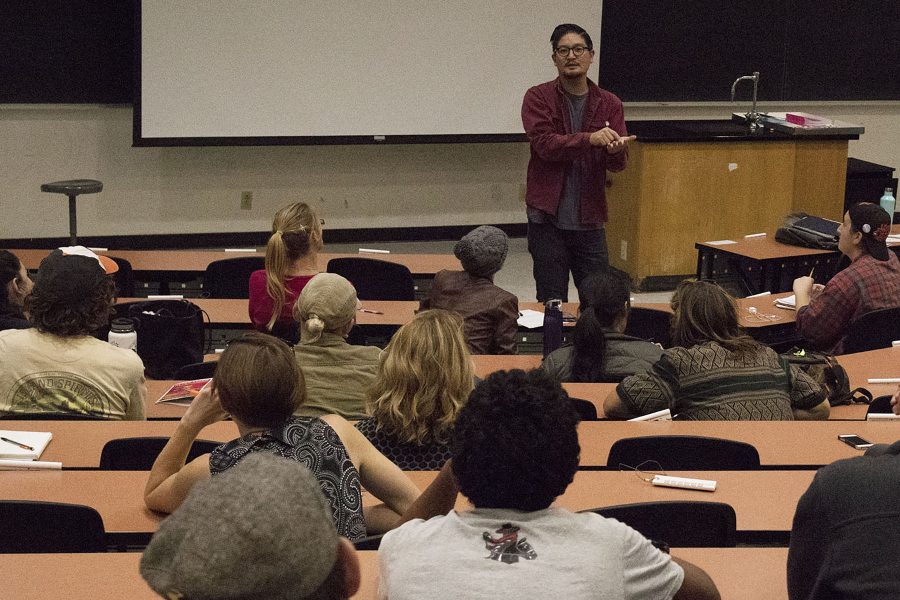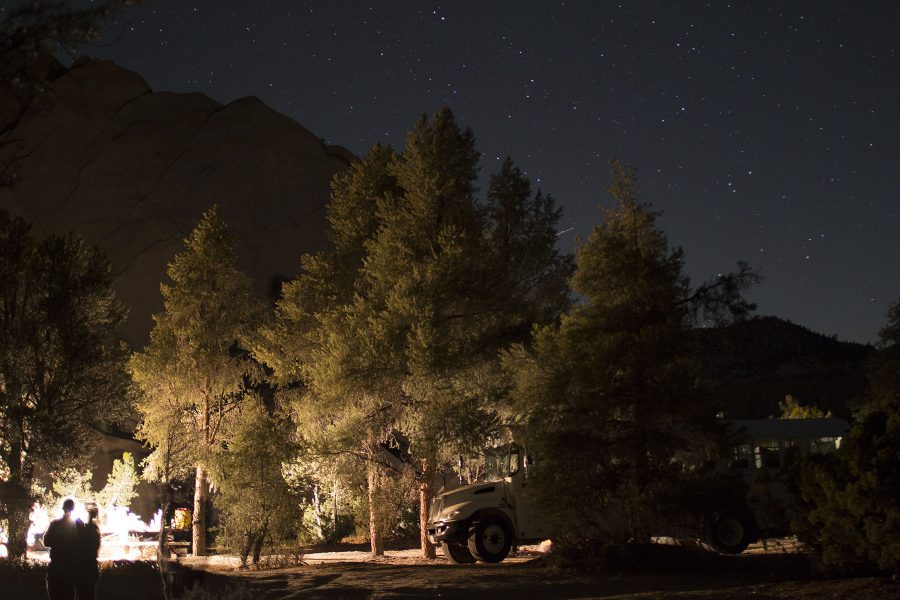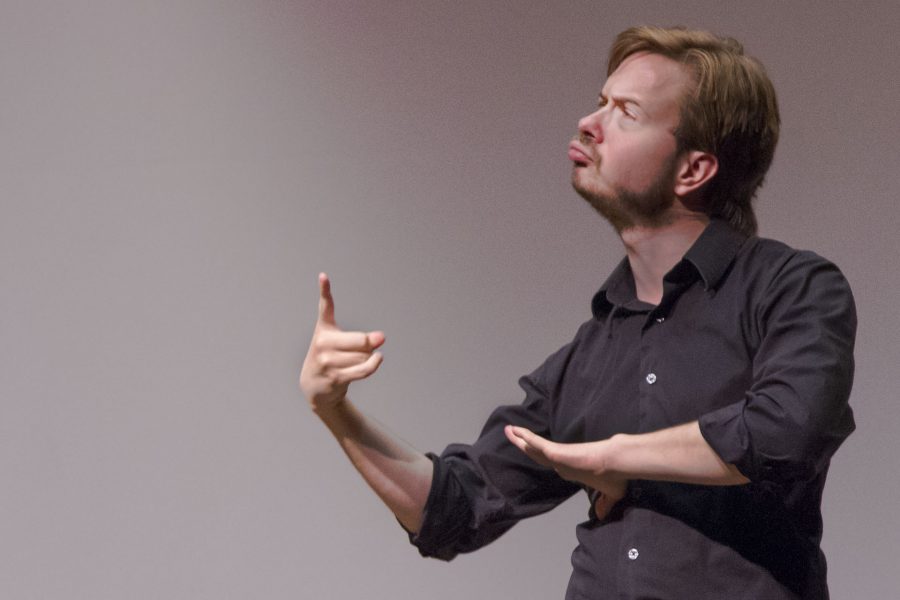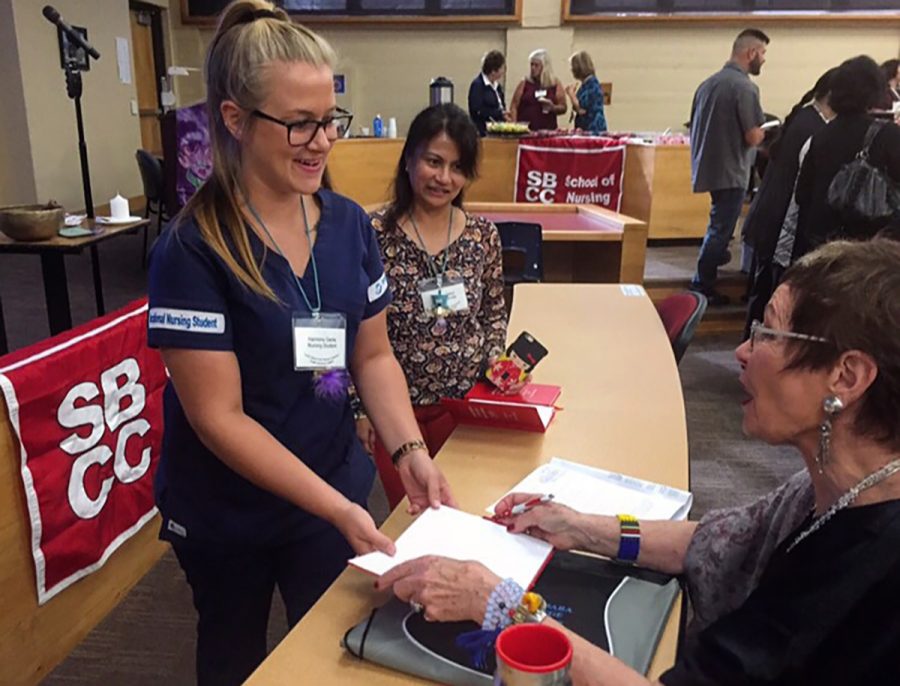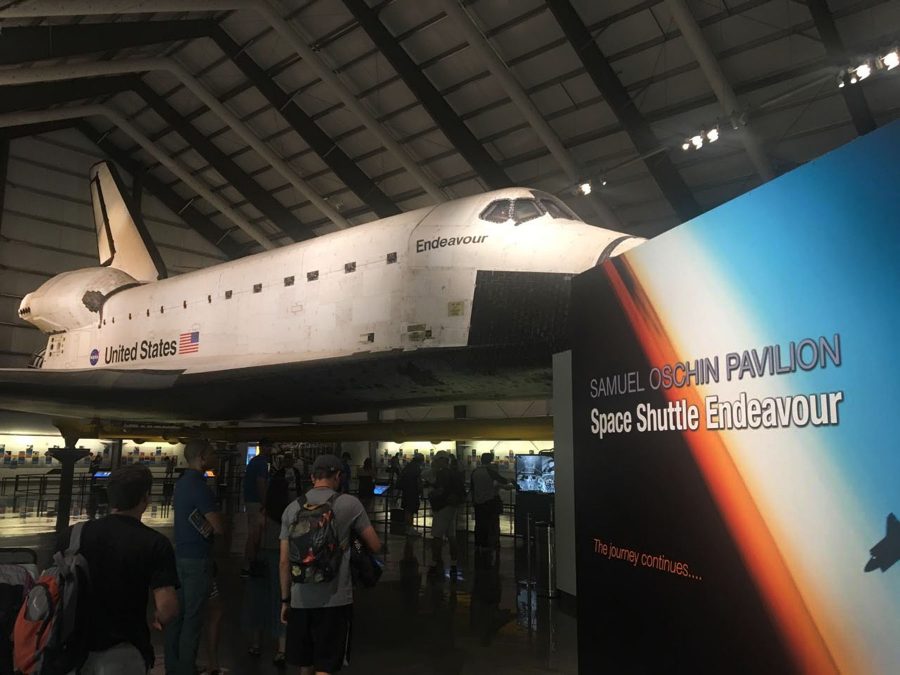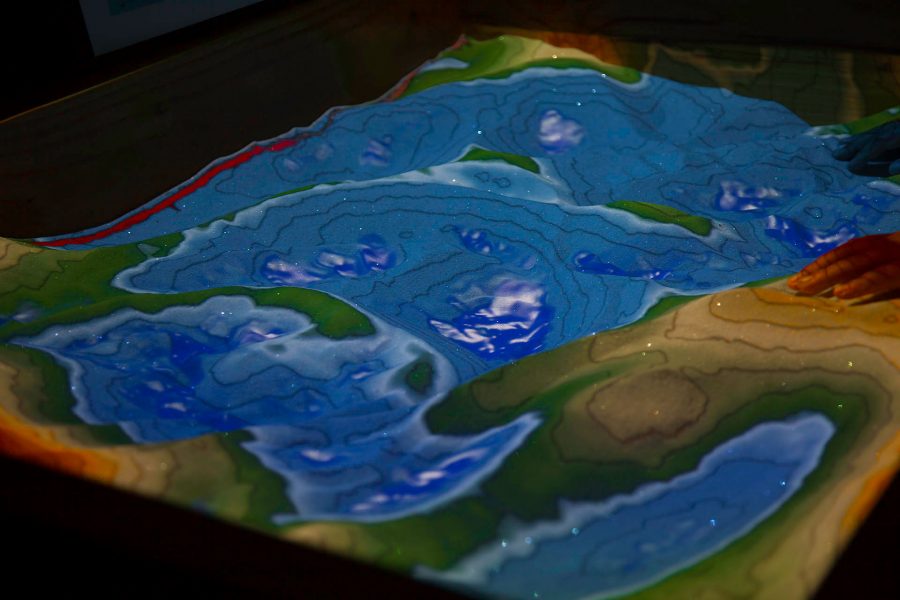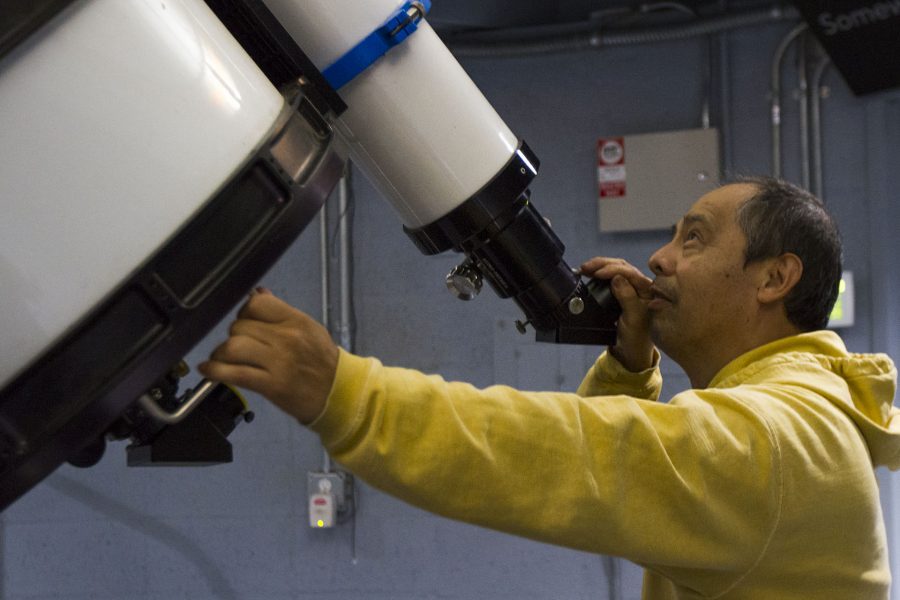City College hosted a conference giving students and faculty from colleges around California a chance to explore Santa Barbara through science.
The National Association of Geoscience Teachers put on a three-day conference at City College including workshops, keynote speakers, and trips around Santa Barbara.
“People learned more about geology this weekend than half of a semester’s worth of classes,” said Eiko Kitao, earth sciences lab technician at City College.
For the first time in 45 years, the Far West Section of the association, which covers California, Nevada and Hawaii, held the conference from April 1-3 at City College.
The event was sponsored by Venoco Inc, the Geological Society of America, NASA’s Jet Propulsion Laboratory, the American Geosciences Institute, the City College Foundation and the Santa Barbara Museum of Natural History.
Buses lined up outside of the Earth and Biological Sciences Building for guests and trip leaders before they made their way out to the Santa Barbara coast, Gibraltar Reservoir Dam and Vandenberg Air Force Base.
Dr. Larry Gurrola, a former geoscience instructor at UC Santa Barbara, along with Dr. Ed Keller, current earth science professor at UC Santa Barbara, led a trip to the Carpinteria tar pits and along the coastline to discuss how the structures of the hillside were created.
“It is an unique area, and to share the knowledge of the processes that shaped this beautiful landscape is very satisfying,” said Gurrola. “We can view geologic structures such as faults and folds in the field, and extrapolate what is going on deeper in the crust and characterize the hazards associated with earthquakes.”
On the first night, attendees gathered in Physical Science Room 101 to listen to Dr. Diane Evans, director of the Jet Propulsion Laboratory’s Earth Sciences and Technology division at NASA.
Evans spoke about the past, present and future of technology in the geology industry used to map out changes in the Earth’s atmosphere.
“With the launch of GRACE in 2002, it enabled incredible measurement and showed how gravity has changed the mass of ice sheets and water storage,” said Evans. “We can find areas of drought and calculate flood potential.”
GRACE, which stands for Gravity Recovery and Climate Experiment, is the twin satellite NASA uses to map the natural systems on Earth.
Nolan Fewell, City College student and intern at the Jet Propulsion Laboratory, attended the event to learn more in-depth about NASA’s technological advancements.
“I just wanted to hear what they were doing at the laboratory and it was really fun to find out about all of the stuff they’re using,” said Fewell. “Really interesting to hear that they used microwaves to do their sensing from space.”
Dr. Lori Gaskin, City College’s superintendent-president, spoke at the event as well. Gaskin was a part of the Far Western section in 1988 as trip coordinator, and also majored in geography at University of California, Los Angeles.
“I am really proud of the area we live in,” said Gaskin. “It is really exciting to have a city that is rich with geoscience.”
The geology department closed the conference with Science Discovery Day.
Rooms were filled with exhibits showing off microfossils, an augmented reality sandbox and an interactive globe from Global Imagination, a tool City College will be receiving within the next year.
The conference is held bi-annually at different colleges in California and will not be held at City College next year.



